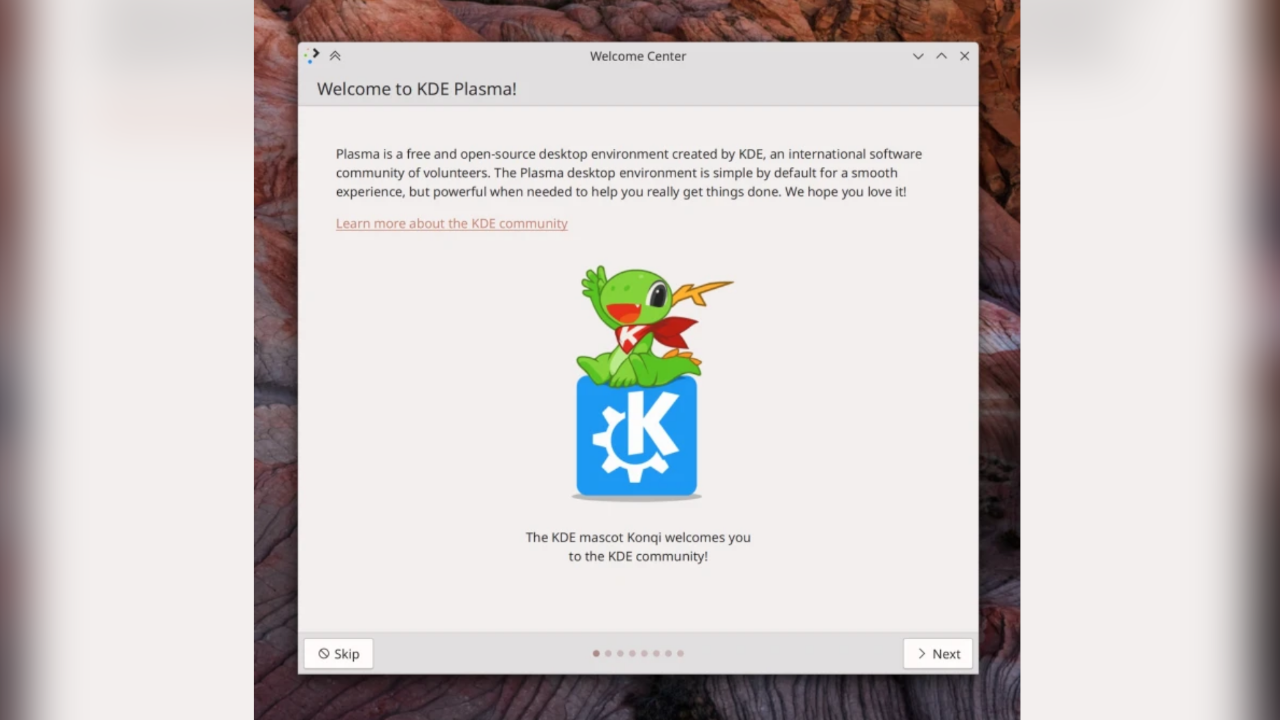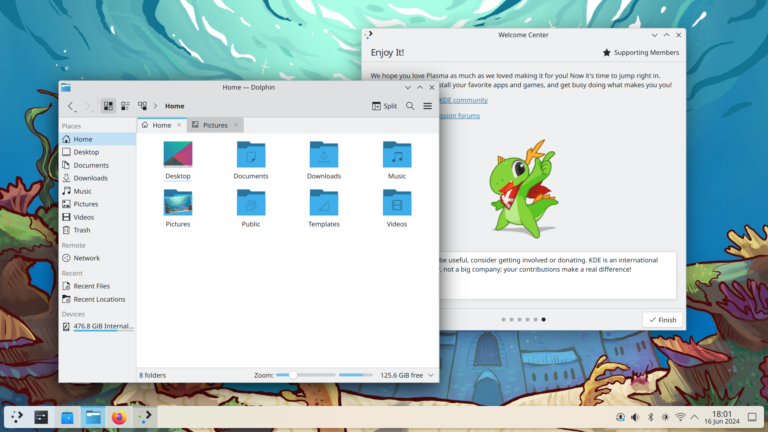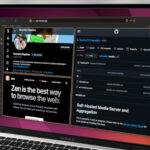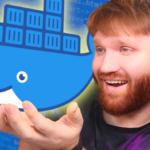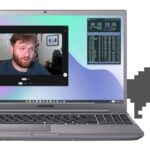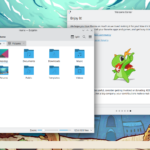Lately, things have not been going too well for some Linux hardware companies (such as Mycroft), and even HP discontinued their Linux laptop; KDE and GNOME are joining together to raise 100.000 dollars to make Flathub the “Linux App Store”; and of course, both those organizations are also working on new applications and features, as we’ll see.
Linux Hardware’s having issues

We have some not-so-good news on the hardware front. Firstly, the HP Dev One (an ultrabook from HP that shipped with Linux out of the box) has been discontinued. The company stopped selling the device in January and has no plan to create a new model; it could be that not enough Dev Ones were sold to justify the project in HP’s eyes. It was the only computer, apart from System76 hardware, to ship with Pop!_OS.
This comes at rather unfortunate timing since at the end of January we also saw Mycroft claim that they’ll have to cease development entirely by the end of February unless they received more funding. No update has been published since then; however, the Mark II – an Amazon Echo open-source alternative, that used Mycroft AI assistant – also announced they would not be able to ship the device to all the backers that financially supported the project; it turned out that the manufacturing costs were three times higher (100$ → 300$) than initially expected. It seems like this is yet another story of open-source hardware making that’s sadly coming to an end.
The future of Flathub as the Linux software center

The KDE e.V. and GNOME Foundation made a proposal to PlaintextGroup to ask for 100.000$ in funding, with the explicit goal of making Flathub the “Linux App Store”. One main goal of this proposal would be to introduce some (privacy-respecting) monetization aspects to the platform, such as the ability to sell applications and set up a recurring donation or subscription system. Also planned is tooling to review applications, to make sure they do not have misleading names, descriptions, or such.
Coincidentally around the same days, though, Flathub also got a major brand redesign. Jakub Steiner, from the GNOME community, published a blogpost with a new visual identity of the project. As a logo we no longer have multiple boxes joined together, but rather four small icons: a circle, a triangle, a square, and a “+”. The author also published two wallpapers created using the same shape and patterns of the new Flathub logo.
Windows 11 will add a watermark on unsupported hardware

If your computer does not meet Windows 11 minimum hardware requirements a watermark will appear on the bottom right of the screen. This is particularly controversial as the requirements are quite strict, only accepting Intel 8th Gen Coffee Lake or Zen+ and Zen 2 CPUs and up. This has left millions of PC behind, and many used workarounds to upgrade to Windows 11 anyway. Previously this only resulted in a warning in System Settings; now, that warning will always be on the bottom right of the screen, without any option to disable it.
The FBI is recommending to use ad blockers to avoid online fraud
With a public announcement titled “Cyber Criminals Impersonating Brands Using Search Engine Advertisement Services to Defraud Users”, the FBI described a type of scam that happens when an ad impersonates websites, even financial ones (“particularly cryptocurrency exchange platforms”). These will ask users for their financial information and will use them to steal their funds. Interestingly enough, in the “Tips to Protect Yourself” section, we have can see “Use an ad blocking extension when performing internet searches”.
The GNOME Circle is a big success

The GNOME Circle is a set of applications designed for GNOME which passed a certain quality check to obtain promotion and advertising from the GNOME team and such; it’s a win-win situation: the GNOME projects gets to give direct quality feedback to the applications, which can then reach a wider audience through the project. This week, the Circle project has officially reached its 50th onboarded application, with three new entries.
The first one is “Chess Clock”, which “allows you to time games of over-the-board chess”. The second one is Komikku, which “allows you to read your favorite manga”. Finally we have “Eyedropper” which “allows you to pick colors and generate palettes”.
Of course, there’s progress in applications using GNOME technologies even outside the Circle project. As an example, we have a new application called “Elastic” which allows developers to visually edit spring animations for UI elements, “Mousai” (an application that allows recognizing songs by listening to them) now works offline, “Paleta” (an application that extracts colorschemes from images) has released a new major version completely rewritten in Rust, and “Capsule” (a reminder application for medications) has released a new version supporting mobile form factors.
KDE Plasma Master git branch is now on Qt 6

This means that, from now on, any developer that builds KDE Plasma from source will get, by default, Plasma built on Qt 6. This is the next generation of the Qt graphical toolkit used by KDE; the first release with Qt 6 will be, unsurprisingly enough, KDE Plasma 6. Thus, the development of the new version of KDE Plasma is going forward and we can expect the big release to be towards the end of 2023 or the beginning of 2024.
Meanwhile, there’s a lot of work going on to further improve multi-monitor setups. Since 5.27 boosted a significantly better experience with them, more users started trying out the feature, leading to more niche bug reports that are now being addressed by the developers. There’s also a new nice feature (that will be published in Plasma 6) already: if you try to set an image as wallpaper by right click, you’ll now be able to choose whether you want it set as desktop, lockscreen, or both.
Finally, two KDE applications received significant visual improvements: the Welcome Center, which now has the “Prev” and “Next” buttons at the bottom as many users requested, and Discover (which is getting prettier by the day!).
Notice: This is an older newsletter; many links were lost in the migration process. Click this link for an archive of the old newsletter site.
